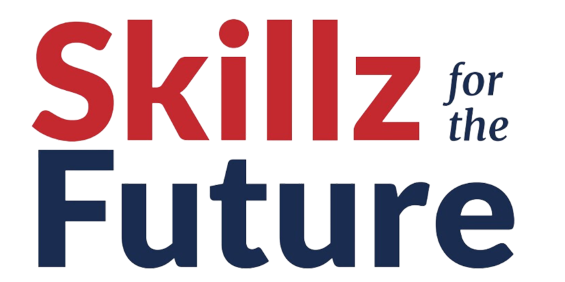A career in the creative world is one where imagination meets opportunity, offering endless possibilities to turn your passions into a profession. Whether you dream of capturing the perfect photograph, crafting a stunning sculpture, or designing a fashion line, the creative industry is vast and diverse, catering to a wide array of talents and interests. From photography and videography to painting, sculpture, and traditional crafts, the creative fields also extend to performing arts like dancing, acting, and music, as well as modern design careers in fashion, graphic arts, and digital media.
Exploring the Creative Spectrum
Creative careers encompass a broad range of disciplines, including advertising, traditional arts and crafts, and various design fields like graphic, product, and fashion design. This diversity means that there’s something for everyone, regardless of whether your strengths lie in artistic expression or technical expertise.
One way to categorise creative careers is by dividing them into two main areas: arts and design. Arts-related careers often focus on performing or visual arts and are generally seen as more “arty,” involving a high level of talent and creativity. Design careers, while also creative, often require technical skills and a problem-solving mindset.
Pursuing a Career in the Arts
A career in the arts, whether it’s in the performing or visual realm, demands dedication and often years of training. For example, musicians and dancers typically start honing their skills from a young age to achieve the level of mastery needed to succeed. Actors may enter the industry later, but many begin their journey through amateur performances that build the necessary experience.
It’s important to note that the arts are highly competitive, and not everyone who starts will make it to the top. However, that doesn’t mean you can’t carve out a fulfilling career combining your passion with practicality. Flexibility is key.
Careers in the Arts Include:
• Acting: Beyond starring roles, acting careers can also involve behind-the-scenes work, such as being a body double or stunt performer.
• Music: Musicians often juggle multiple roles, from performing in orchestras to teaching or repairing instruments.
• Dance: Whether in ballet or ballroom, dance careers are varied, with ballroom dancing gaining popularity in recent years.
• Visual Arts: Artists, whether digital or traditional, create two- or three-dimensional works, produce photography, or make videos for various media.
Success in the arts not only requires exceptional skill but also perseverance and a strong sense of self-motivation. Many artists supplement their income through teaching, repairing instruments, or exploring related fields like theatre production or costume design. The therapeutic value of art also opens doors for careers in music or art therapy, where empathy and emotional intelligence are just as important as creative talent.
Rediscovering Traditional Crafts
You might wonder how age-old skills like weaving or thatching fit into today’s creative industry. While these crafts are specialised and have a niche market, they share the same core qualities as other creative careers: passion, practice, and perseverance. Learning from a master or attending a training program can provide the skills needed, but self-motivation and entrepreneurial spirit are crucial for success, as many traditional craftspersons work independently or run their own businesses.
Diving into the World of Design
Design careers offer a multitude of opportunities, as every product or service you encounter has been designed at some point. Whether you’re interested in web design, interior design, graphic design, or fashion, each field has its unique demands but also shares common requirements.
Popular Design Careers Include:
• Web Design: Crafting websites for clients, blending creativity with technical know-how. • Interior Design: Designing spaces within buildings, considering everything from lighting to specialised areas like kitchens.
• Graphic Design: Creating visual content for posters, infographics, and other media. • Product Design: Innovating products for businesses.
• Fashion Design: Designing clothing and accessories.
Success in design requires more than just artistic talent. Designers must be problem-solvers who can understand a client’s needs and think creatively to deliver innovative solutions. Technical skills are necessary to manage design software, while time management and organisational abilities are key to juggling multiple projects. As many designers are self-employed, entrepreneurial skills can also be a significant advantage.
The Rewarding Path of a Creative Career
No one ever said a career in the arts was easy, but for those who are passionate, it can be incredibly rewarding. Turning what others might consider a hobby into a profession offers a unique form of satisfaction that few other careers can match. While the financial rewards might not always be substantial, the joy of doing what you love can be priceless.
